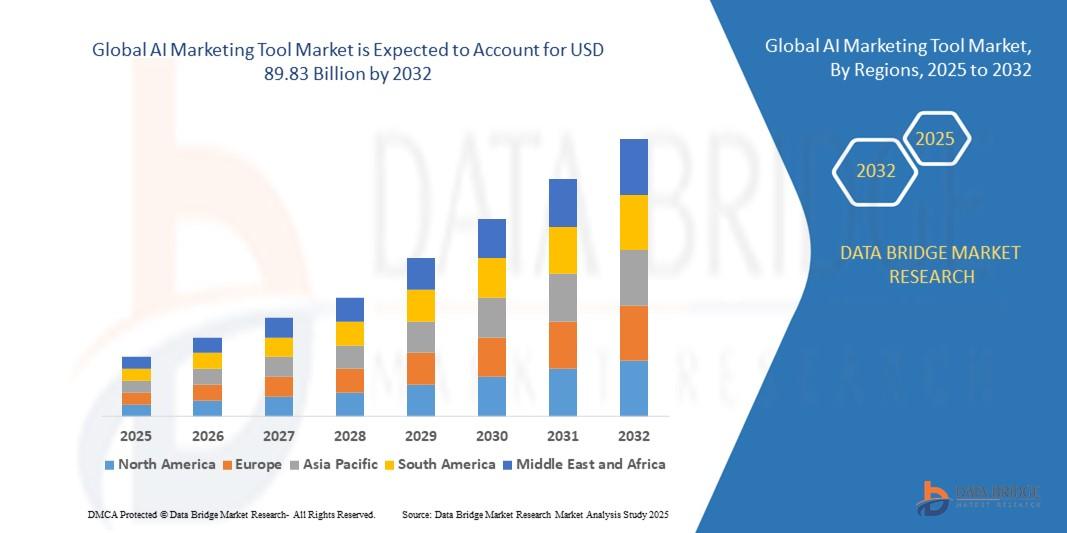Cell Signaling Market Outlook: Innovations, Opportunities, and Market Projection
Market Overview
The global Cell Signaling Market was valued at USD 4.5 billion in 2024 and is expected to grow at a CAGR of 13.10% from 2025 to 2034. Advances in cancer research and drug discovery are major growth contributors.
Cell signaling — the complex network of pathways cells use to sense and respond to their environment — is central to understanding disease mechanisms and developing novel therapeutics. The cell signaling market comprises reagents, assay kits, antibodies, cell lines, assay platforms and software used to study intracellular and intercellular communication. Advances in technologies such as CRISPR, single-cell RNA sequencing, high-content imaging, and mass cytometry are enabling deeper pathway-level insights, accelerating target discovery and drug development.
Key near-term drivers include increased R&D investment by biopharma companies, broader use of signaling assays in oncology and immunology research, and demand for biomarker discovery in precision medicine. Meanwhile, the market faces challenges such as the high cost of advanced instrumentation, complexity of signaling networks that complicates translational work, and regulatory hurdles for companion diagnostic development.
Market Scope — Four Primary Areas
- Product Segments: Includes primary reagents and consumables (antibodies, ELISA kits, assay buffers), instruments and platforms (flow cytometers, imaging systems, mass spectrometers), software and data analysis tools, and contract research/assay services.
- End Users: Pharmaceuticals and biotechnology companies, academic and government research institutions, contract research organizations (CROs), and diagnostic developers.
- Applications: Target identification and validation, pathway profiling, biomarker discovery, drug screening and toxicity testing, and companion diagnostics for oncology and immunotherapy.
- Technology Types: Biochemical assays (e.g., phosphorylation ELISAs), cell-based functional assays (e.g., reporter assays, live-cell imaging), omics-driven approaches (single-cell sequencing, proteomics), and multiplexed or high-throughput screening platforms.
Market Opportunities — Four High-Impact Areas
- Precision Oncology and Immuno-Oncology: Demand for pathway-specific assays and biomarkers to guide targeted therapies, immune checkpoint inhibitors, and cell therapies creates large opportunities for assay developers and service providers.
- Single-Cell and Spatial Biology Integration: Combining single-cell transcriptomics/proteomics with spatial imaging enables mapping of signaling networks in tissue context — a fertile area for new products and analytic software.
- Automation and High-Throughput Solutions for Drug Discovery: Pharma and biotech investment in automated, miniaturized signaling assays to accelerate lead discovery and reduce time-to-candidate offers strong commercial potential.
- Companion Diagnostics and Personalized Medicine: As regulatory pathways for diagnostics become clearer, validated signaling biomarkers linked to therapeutic response present commercial opportunities across diagnostics and assay platforms.
Regional Analysis
North America
North America remains the largest regional market, led by the United States. The region benefits from high R&D spending by pharmaceutical companies, strong academic–industry collaboration, and concentration of key instrument and reagent manufacturers. Clinical trial activity and robust venture funding for biotech also support market expansion.
Europe
Europe holds a significant share driven by research institutions, government research funding, and a strong biotechnology sector in countries such as the UK, Germany, and Switzerland. Regulatory harmonization and emphasis on translational research are facilitating uptake of signaling assays in drug development and diagnostics.
Asia Pacific
Asia Pacific is the fastest-growing region, propelled by increasing biotech R&D investment in China, Japan, South Korea, and India. Expanding clinical research, rising healthcare expenditure, and a growing base of CROs and local suppliers are accelerating market adoption. Cost-sensitive markets are also fostering partnerships and local manufacturing.
Latin America
Growth in Latin America is steady but more modest. Increasing academic research capacity and selective pharmaceutical R&D projects are boosting demand for core reagents and assay services. Market expansion is constrained by limited funding and slower instrument penetration compared with North America and Europe.
Middle East & Africa
This region presents emerging potential tied to public research initiatives and expanding healthcare infrastructure. Adoption is currently limited but expected to increase as collaborative research programs and investments in precision medicine scale.
Browse Full Insights:
https://www.polarismarketresearch.com/industry-analysis/cell-signaling-market
Key Companies
Prominent organizations operating in the cell signaling market include (company names listed without additional company-specific data per request):
- Thermo Fisher Scientific
- Merck KGaA (MilliporeSigma in some regions)
- Danaher (including Cytiva and other subsidiaries)
- Agilent Technologies
- PerkinElmer
- Bio-Rad Laboratories
- Bio-Techne Corporation
- Beckman Coulter Life Sciences
- F. Hoffmann-La Roche Ltd.
- Becton, Dickinson and Company (BD)
Market Trends & Strategic Considerations
- Integration of AI and Advanced Analytics: Data-heavy signaling experiments are driving demand for sophisticated bioinformatics and AI-driven interpretation tools to accelerate hypothesis generation and biomarker discovery.
- Partnerships and CRO Expansion: Increasing outsourcing of specialized signaling assays to CROs and academic core facilities is creating strategic partnerships between assay developers and service providers.
- Focus on Reproducibility and Standardization: Greater community emphasis on assay validation and reproducibility is influencing product development toward standardized kits and reference materials.
- Shift Toward Multiplexing and Miniaturization: Multiplexed assays that measure multiple signaling nodes simultaneously deliver cost and time efficiencies, making them attractive for both research and translational applications.
Conclusion
The Cell Signaling Market is poised for sustained growth as advancements in technology, rising therapeutic complexity, and the continued push toward precision medicine expand demand for pathway-level insight. While challenges such as cost, complexity, and regulatory considerations remain, the combination of technological innovation (single-cell, spatial biology, high-throughput platforms) and growing clinical application (oncology, immunotherapy, neurology) creates compelling long-term opportunities for product developers, service providers, and researchers.
More Trending Latest Reports By Polaris Market Research:
Systemic Scleroderma Treatment Market
Drug Device Combination Products Market
Systemic Scleroderma Treatment Market
Revenue Cycle Management Market


